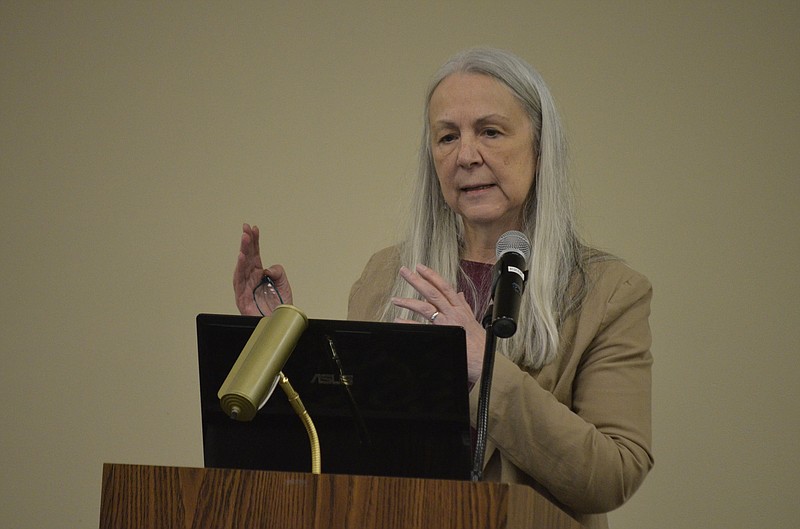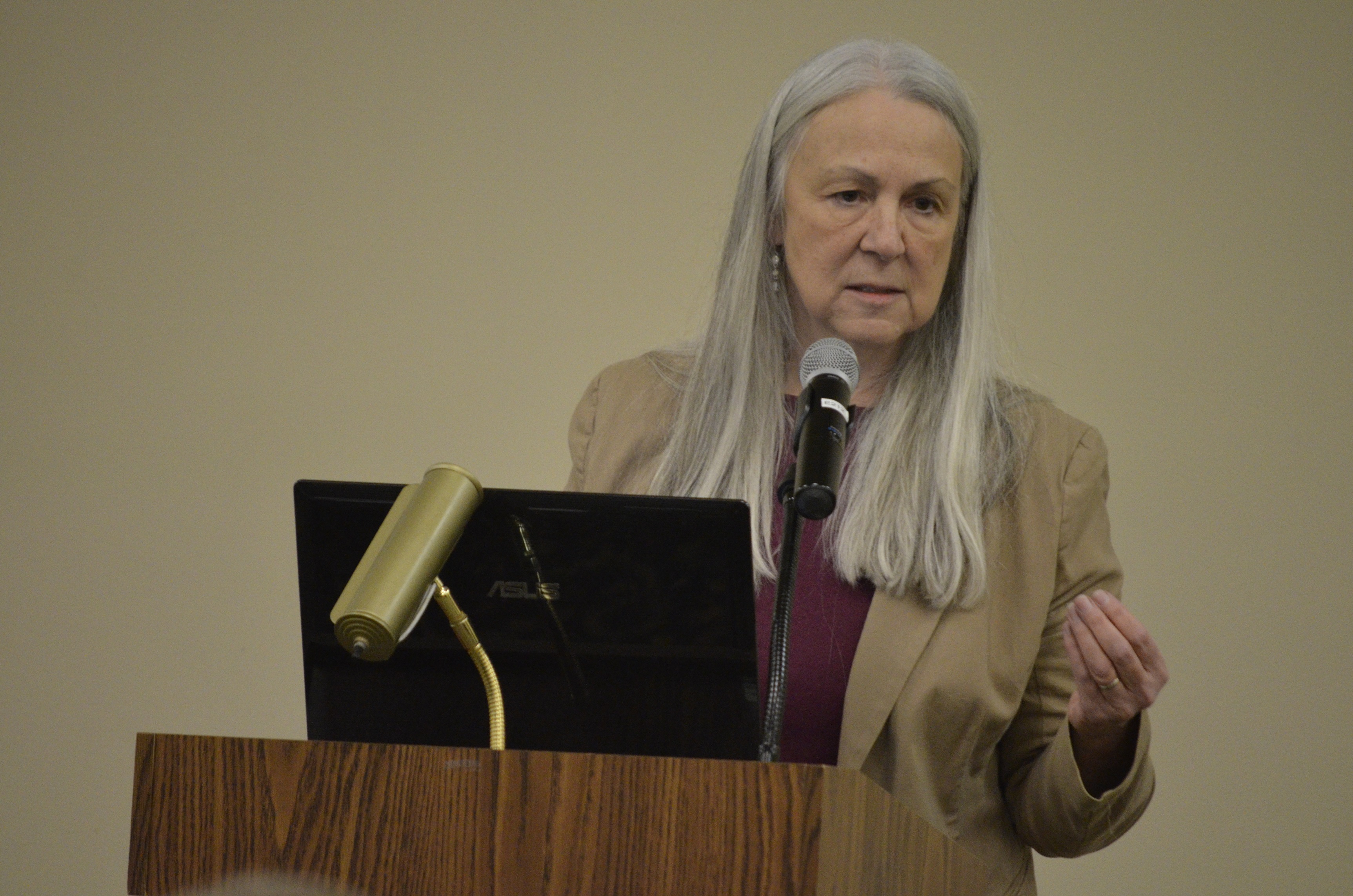The eastern pocket of Hamilton County may be seeing tremendous growth, but not every community in the area is thriving.
According to demographic data compiled by United Way of Greater Chattanooga, Apison may not be enjoying the same level of prosperity as the neighboring communities of East Brainerd, Collegedale and Ooltewah, which are collectively expected to draw more new residents over the next 10 years than any other part of the county as part of the White Oak Mountain Area, which also includes Apison.
One of the biggest indicators that Apison may be falling behind is the steadily declining median income of its residents, said Eileen Robertson-Rehberg, director of community impact, data analysis and strategy at United Way. According to census data from the American Community Survey, the median income dipped more than 5 percent between 2015 and 2017. Comparatively, the neighboring community of Collegedale saw a 2.6 percent increase over the same time period.
"That tells you that maybe those are the locations where workforce development is needed because they are employed in those areas where jobs are being [automated or relocated]," Rehberg told area residents and representatives from city and county government during a community meeting Feb. 28. "Something is happening in that area that is depressing that area."
Apison may not be the only area in that portion of the county that's struggling, she added. The median income is also declining in rural communities in the southwest portion of the district, closer to the East Ridge and Tyner areas, and Rehberg said those residents are likely experiencing frustrations of their own.
With the data unveiling the locations where aid is needed, she said it will be up to neighborhood leaders and local residents to make their community's specific issues known by voicing them to elected officials.
"There's areas of concern that need to be highlighted, and in many instances, I believe that if the local people aren't the ones bringing that forward, then it can get sidelined," she said.
For representatives at the county level, the subsequent goal would be to be proactive about improving conditions for those in these potentially overlooked areas, even as they work to plan for all the commercial developments, residential properties and infrastructure improvements coming to the rest of the territory, Rehberg continued.
Depending on the issues presented, possible solutions may range from coordinating job training to help prepare locals for careers of the future, to providing financial-education programs for low-income families, she added in a followup interview.
While data analysis can be a powerful tool, Rehberg stressed that the goal is to identify areas that may need help and empower locals to come forward, not to definitively label any specific area as problematic.
"The American Community Survey is not the final word but it tells you where a trend is, it tells you where a change is, and it says 'heads up,'" she said. "The point is that although things look great in some places, there are other places that maybe need some attention."
Email Myron Madden at mmadden@timesfreepress.com.

